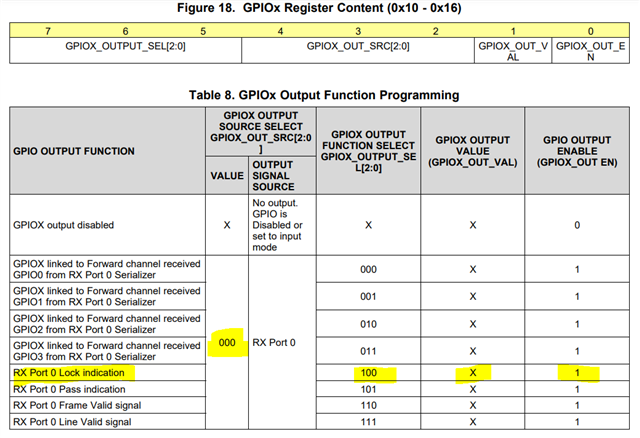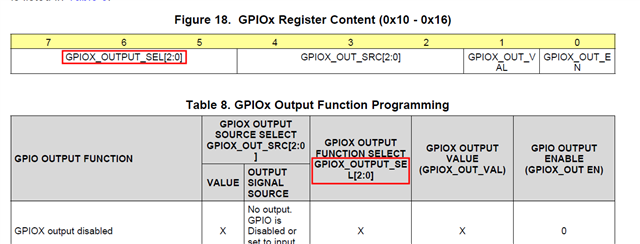Hi,
I found the previous discuss that hot plug is supported.
I'm using 954/953 currently and will swicth to 936/935 later.
I tested that when I remove/insert the coaxial cable, the GPIO3/INTB pin don't send signal. The 954 GPIO3 register setting is:
reg 0xf=0x70
reg 0x13=0xd1
Is there a way to aware that the cable is removed/inserted?
Thanks.






